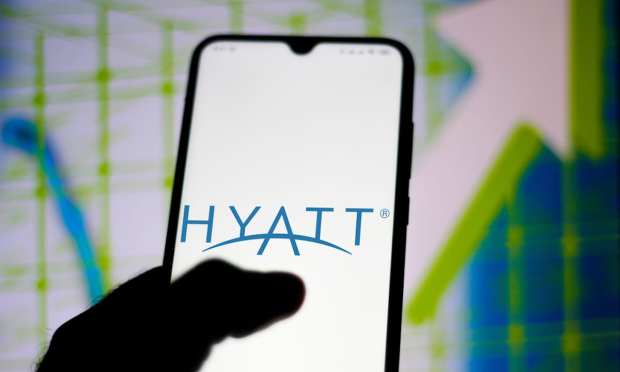Hyatt Hotels CEO Sees Path To COVID Recovery

After a 2020 that was devastated by the COVID-19 outbreak, the CEO of Hyatt Hotels says he is confident his industry will bounce back as more vaccines become available. “We see that there’s a clear path to recovery from here,” Mark Hoplamazian said on CNBC’s Closing Bell this week. “I am optimistic that travel will fully recover.”
As Hoplamazian told CNBC, net bookings have grown at a steady pace so far this year, with industry-wide occupancy rates showing signs of a rebound, going from just under 50 percent during the last week of February compared to 22 percent at the end of April 2020.
According to Hyatt, many of these new bookings come from spring break travel to places like Mexico and the Caribbean. Business travel is also showing signs of recovery, while other travelers are starting to make holiday travel reservations, Hoplamazian told the network. “I think the rumors of the end of big conventions and meetings are greatly exaggerated, and we’re seeing some corporate bookings into the second and third quarters,” he said. “We’re hopeful that we can maintain that.”
That’s not to say the travel industry won’t be changed by COVID. In an interview with PYMNTS on Friday (March 12), Chuck Huang, CEO of mobile wallet payment provider Citcon, said that more travelers will embrace using QR codes as a form of contactless payment.
And The Wall Street Journal reported this week on a host of COVID-related changes coming to air travel. The virus has exposed a lack of cleanliness at airlines and airports, something that could lead to a shift in standards over the next few years.
There’s also the partial elimination of change fees, which the Journal notes might be more of a cosmetic change, as fine print could remove much of the value for the customer. There is more value potential in the major construction projects at notoriously congested airports, such as Los Angeles International and LaGuardia in New York, which could eliminate much of the disruption travelers faced in the pre-COVID era.
